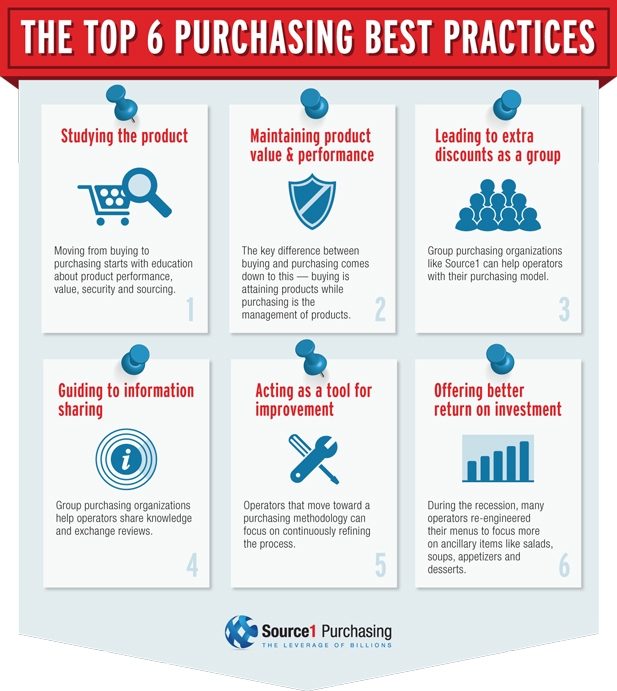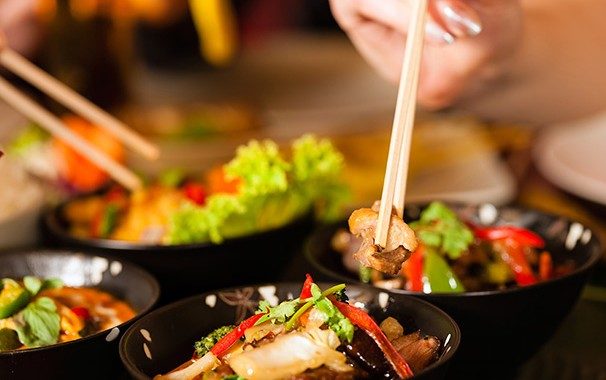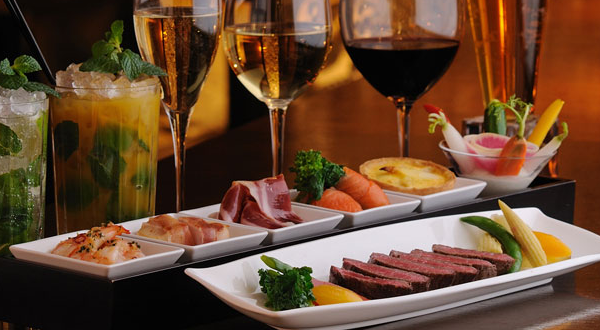The Top Benefits of Standards-based Purchasing Systems
The use of standards-based purchasing systems is a well-received concept in the hospitality industry, with hotels and restaurants using the concept to enhance the overall guest experience.
The key benefit with standards-based purchasing is performance as operators engineer menus, concepts or themes. Operators can use standards-based purchasing systems to ensure that their food product selections are consistent and respond to the changing preferences of customers. Other key benefits include improved financial performance, better guest satisfaction and consistency in preparation.
So how can hotels and restaurants employ standards-based purchasing to offer the greatest value to their guests?
1. Reach out to guests for their feedback before making large-scale changes. According to an article on The New York Times website, hotels are developing new ideas by going straight to their guests for immediate feedback.
Some operators conduct tests in a fluid, trial-and-error way, testing ideas in certain areas of the hotel or with certain products to gauge guest reaction. Many operators look to their group purchasing organization to guide them through this process. Others simply poll their guests to get feedback on food or the overall experience.
For example, according to The New York Times article, La Quinta Inns and Suites improved customer satisfaction scores simply by focusing on the two most common complaints with its free breakfast: a lack of healthy menu choices and a setup that was difficult to navigate. After trying various layouts, and then surveying guests, La Quinta found it only needed to change the layout of the breakfast, not the selections.
2. Schedule a test drive via a short-term promotion before making it a permanent fixture on the menu. Standards-based purchasing systems can help ensure the product works in concert with the menu, resulting in consistent yields, grades and flavors.
3. Engage experts in the field. Operators have myriad issues to address from HR to landscaping. By engaging in a Group Purchasing Organization, the operator can access their experience and insights to identify the key attributes of products and measure the value for both the guest and the operation. The GPO can assist in the implementation of standards-based purchasing to stabilize consistency, engineer quality and strengthen business.
Source1 Purchasing can help operators with menu tastings and promotional testing to determine the effect of a combination, flavor profile or promotion. Standards-based purchasing systems can help engineer and analyze ingredients to define performance criteria while determining value. This is often a crucial factor for decentralized hotels and restaurants that are highly dependent on individual chefs. With standards-based purchasing, the knowledge stays with the property should the chef leave for other opportunities.
By using a group purchasing organization like Source1 and employing standards-based purchasing, you can continue to improve the guest experience.















